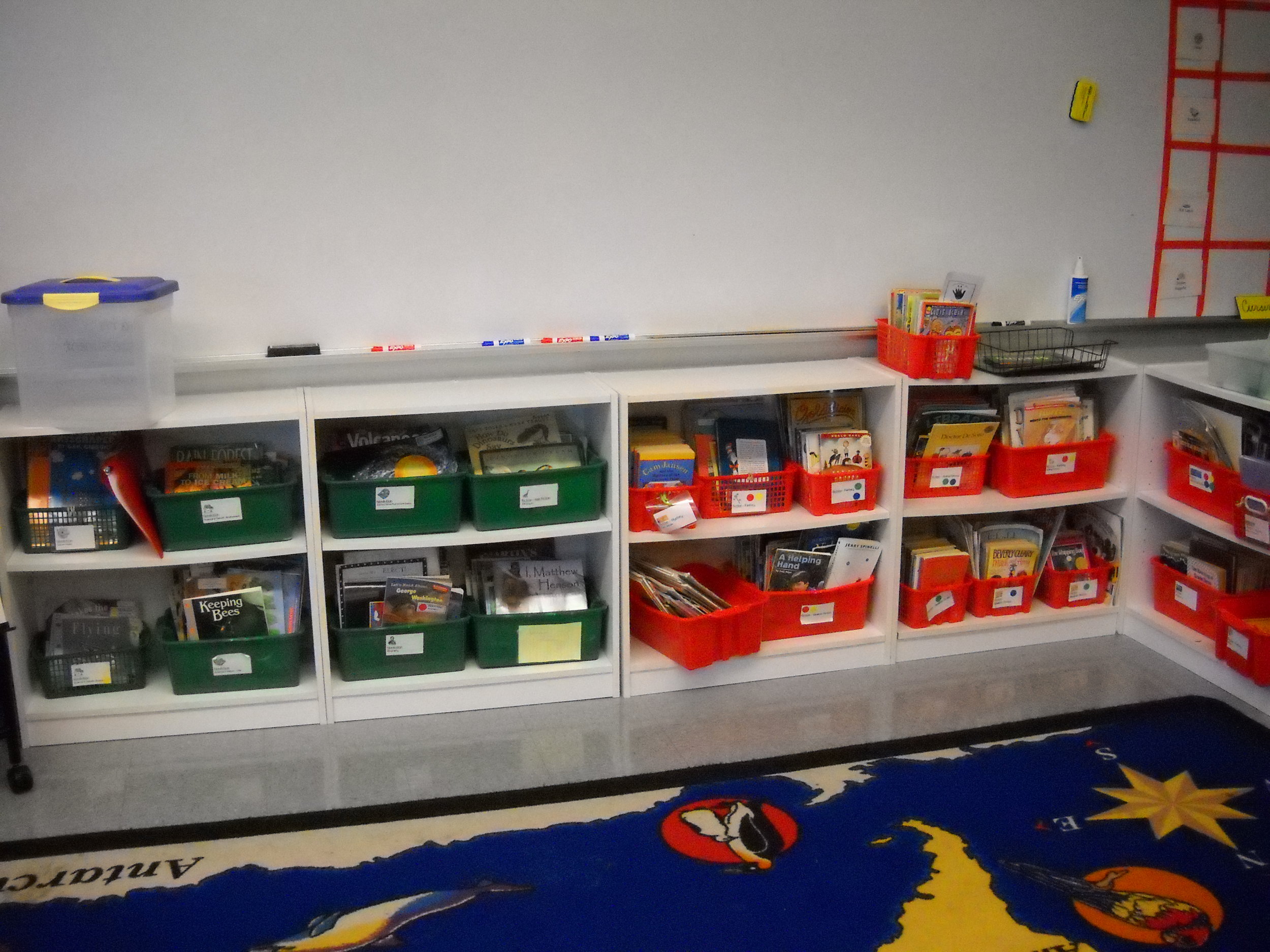It's a time of year that I dread and a time that is necessary. I am a breast cancer survivor. A yearly mammogram is not an option, it is a necessity. Some bean-counter in a medical or insurance facility, far far removed from real humans can designate my mammogram as a "screening" all they want. It is a stress-filled hour when I relive the moments 20 years ago when I first learned my body had betrayed me. For me, it is an hour of fear.I rely on the reassurance of that first radiologist reading to quell the demons that cause my mind to race ahead with the what-ifs. What if they find something? What if it IS cancer again? What if I have to endure chemo again? What if I don't make it? Maybe this is self-indulgent. It is what it is on mammogram day.This year, the empathetic technologist offered that I could wait - even though I was "just" a screening - for the radiologist to read the mammogram. I understood that waiting would mean that there could be others ahead of me; I had a book, no problem. She even came into the waiting area about 15 minutes later to tell me that there were a couple of people ahead of me. "Not a problem" I responded.Imagine my surprise 5 minutes later when another technician - who seemed to be overseeing the Friday afternoon events, asked me to step into a next door room. With her finger shaking at me, she told me I shouldn't even be there, that I might have to wait another 45 minutes. There were people ahead of me. If you've ever been called into the principal's office, you know exactly how I was feeling.I explained I understood that, I had no intention of bumping other patients and I didn't mind waiting. Apparently that was not satisfactory because the next thing I was told was that it was late, the facility was closing soon and that my mammogram may not even be read. I shouldn't bother waiting. Has the medical world changed so drastically that even the doctor is "on the clock"?This insensitive woman then went on to lecture me about making my appointments early in the week and early in the day. That did it.I cannot come during the day, I teach. I also don't care to have anyone outside of my family speculating about my personal health issues (already experienced that when I was on chemo) so I do NOT make medical appointments during the school day.The fact is, my original mammogram - the one when the cancer was found - happened in June, right after school had gone on hiatus. Due to our crack medical system in this country - the one where yearly means 365 days + 1 and where diagnostic facilities are so overloaded that you cannot schedule appointments conveniently, my "yearly" mammogram has slipped from year to year until it is now 3 months later.So when I get accused of princessing up because of the time of my appointment interferes with getting the weekend started, I take offense. Lucky for me, my internal medicine doctor is in the same building. I was able to walk up to the office and, reduced to tears and barely able to speak, told my story.I hate that my one bout with serious illness has changed me so that every change in health, every "routine" diagnostic sends me into a panic.Is it possible that our country's medical system has become so insensitive that professionals on the front lines become so concerned about quitting times, that they don't notice the human in front of them.Has the US healthcare system been given the assembly-line, CEO, best business practices overhaul? I am afraid of the answer.








